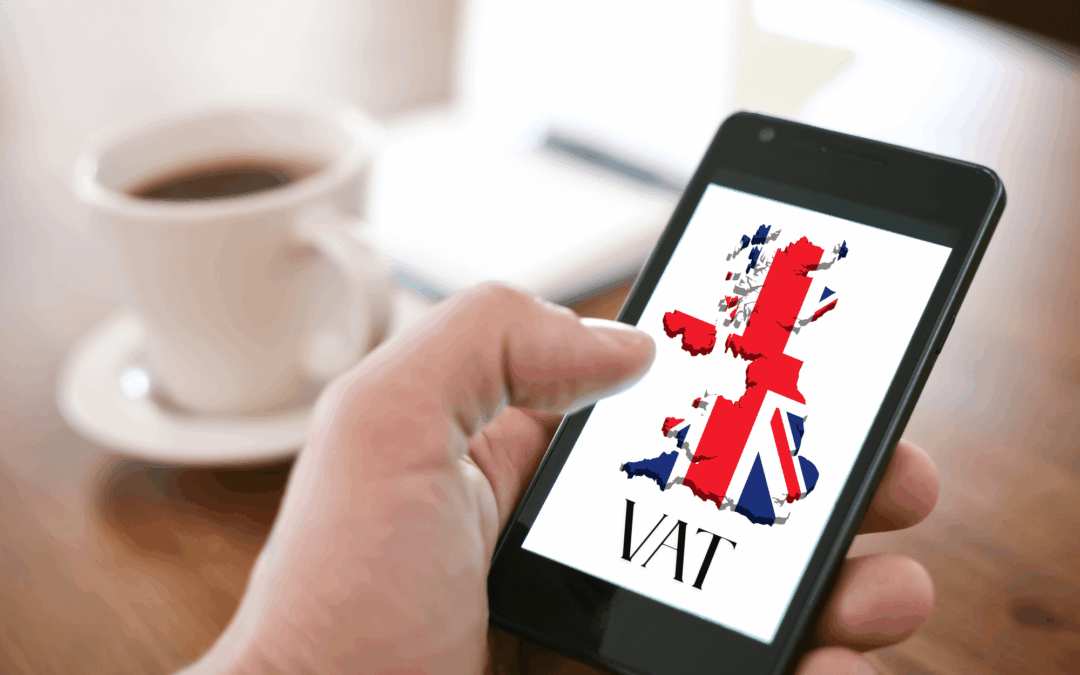Understanding VAT for UK businesses is essential if you’re trading goods or services. From what counts as a taxable supply to when you need to register, VAT can seem like a maze, but it doesn’t have to be. In this guide, we’ll break down the types of VAT, the categories of supply, and the key rules around registration so you can stay compliant and make confident financial decisions.
Two Types:
- Output VAT – VAT charged on sales and/or services to the customer.
- Input VAT – VAT charged on purchases and/or services to your business.
VAT for UK: When is VAT Chargeable?
- On a taxable supply.
- By a taxable person.
Taxable Supply
There are three main categories:
- Exempt supply – Common examples include insurance, postal services & financial services.
Note* If this is the trade of your business then you cannot register for VAT & cannot reclaim any input VAT.
- Outside the scope of VAT – Common examples include wages, dividend, other taxes (e.g. road tax for your business vehicle).
Note* There is no option to claim back VAT as they are outside the scope of VAT. But, knowing what’s outside the scope of VAT for UK businesses can help you avoid wasting time on trying to reclaim costs you’re not entitled to.
- Taxable supply – This breaks down further into two headings.
a) Zero-rated supply – Common examples include baby clothing, newspapers, luxury food, medicine, etc.
Note* If operating a business in this category then your sales would be zero-rated. Therefore, no output VAT to charge you customer (and pay over to HMRC,) and VAT paid to suppliers for goods/services for example would be reclaimable.
b) Standard-rated supply – Is everything else other than that mentioned above. There is a standard rate of 20% while the reduced rate is 5%.
Taxable Person and VAT for UK Registration
A taxable person is someone who is registered for VAT or required to be registered for VAT.
Two types of registration
- Compulsory registration – Registration is a must once your taxable supplies exceed the statutory threshold.
How to calculate the figure of taxable supplies?
- Standard-rated + reduced-rated + zero-rated.
- The figure is the net amount, exclusive of VAT and capital items.
- Voluntary registration – when you register by choice not by requirement.
Benefits: Enhances the perception of the business (gives a bigger profile), can claim input VAT.
Drawbacks: Increase admin work (as you need to carry out the return) & you also need to start charging VAT to customers.
Navigating VAT for UK businesses doesn’t have to be complex. In fact, once you understand your category, the right registration path becomes clear.
